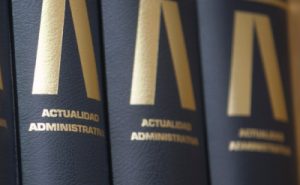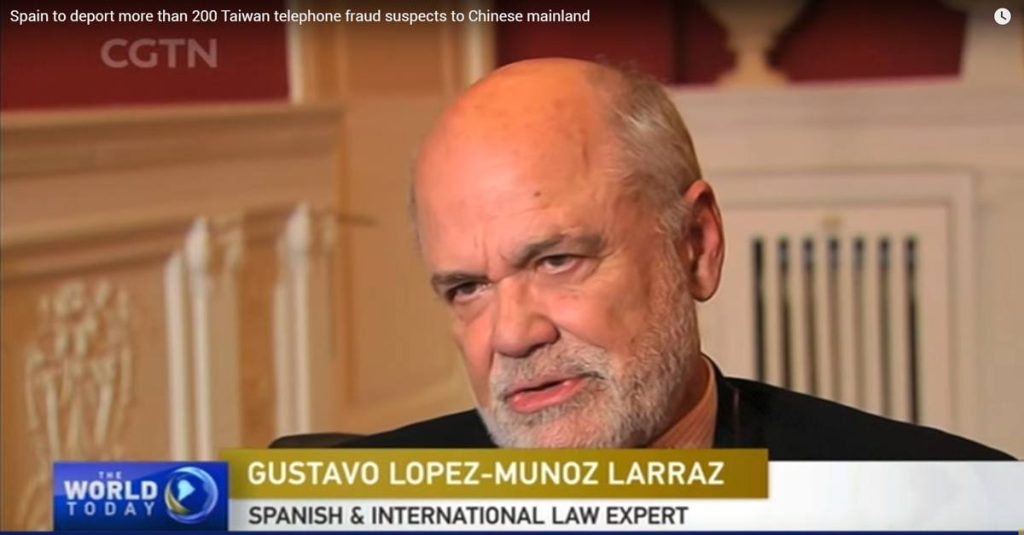Liability of administrators for losses

It is known that both Limited Companies and Anonymous Companies are liable for the debts contracted for the business activity with its own resources, leaving the assets of its partners and administrators safe.
However, managers of small and medium-sized businesses often forget or are even unaware that their absence of debt responsibility is not always is unlimited.
Managers’ Liability for Losses
Our Law contemplates the responsibility of the administrator, among other circumstances, when the company has generated losses to the point of reducing the company’s assets below half of the share capital figure.
As we know, the social capital is the set of contributions that the partners have paid in exchange for some shares or participations that make them owners (in the corresponding proportion) of that company
If, as a result of high losses, net worth falls below half of the share capital, managers may be liable to creditors with their own equity< /strong>.
Problem Statement
In the event of losses appearing on the company’s balance sheet that leave net worth (or own funds) below half of the share capital, or even with a negative sign, you must note the following:
- The company is, in this case, involved in the cause of dissolution provided for in art. 363 1. E) of the Capital Companies Act (LSC).
- Art. 365 LSC requires the administrators of companies that influence a cause of dissolution such as the one exposed to convene a general meeting within a period of two months to adopt the resolution of dissolution. Even if the general meeting does not adopt such a resolution, art. 366 requires that the administrators request the legal dissolution of the company.
- Art. 367 of the same Law establishes the joint and several liability before third party creditors of the company of the administrators who have not complied with the aforementioned obligations. Said responsibility extends to all present and future obligations of the company.
The joint and several liability provided for in the Law allows any of the company’s creditors to choose whether to direct their credit claim against the company or against administrators.
Creditors of companies incurring losses and with reduced executable assets, may pursue the assets of the administrators to collect their credits. To do this, they must first file a “manager liability claim” in court, which will give rise to legal proceedings in which the following will be assessed:
- If the debt that is claimed exists.
- If the own funds are less than half of the share capital.
- If the defendant administrator breached the obligation to resolve the dissolution of the company.
If these three requirements are met, the courts may uphold the creditors’ claim and order the administrator to respond with his assets for the debts that the company may have contracted.
Solutions for administrators
There is the possibility of escaping from the obligation to dissolve and, therefore, from the regime of joint and several liability of administrators, if a capital increase is agreed to the extent necessary. Article 636 1. E)º of the Capital Companies Act thus prevents it:
“For losses that reduce the net worth to an amount less than half of the share capital, unless it is sufficiently increased or reduced , and whenever it is not appropriate to request the declaration of insolvency.”
Increasing the contributions of the partners to the company to a sufficient extent, the capital and social capital will be increased, also increasing the figure of net worth, and preventing the company from being in the situation previously described in art. art. 363 1. E) of the Capital Companies Act.
Sometimes the most appropriate solution for each company is only noticeable after analyzing social accounting. As it is common for SMEs to maintain debts with their own partners, it is interesting to note that the law allows the capital figure to be increased by offsetting credit rights against the company (art. 301 LSC).
Therefore, it would be possible to increase the company’s capital by offsetting the debts it maintains with its shareholders up to the total balance of said debt, provided that it is due and payable.< /p>
With this capital increase, the negative balance of own resources would be proportionally reduced. Having a copy of the balance sheet and profit and loss account for the year, we could quantify the balances that would result after the capital increase operation.
If the amount of the accumulated losses is greater than the debit balance of the company with its shareholders, the capital increase for compensation of debts would not resolve in the whole of the problem. It would then be necessary to increase the capital by a higher figure through cash contributions to ensure that the company’s net worth exceeds half of the resulting share capital figure after the capital increases.
To document the capital increase by compensation of credits a certification from an accounts auditor is required that accredits that, once the social accounting has been verified, The data offered by the administrators on the credits in question are accurate.
The Institute of Accounting and Account Auditing (ICAC) has approved standards for the issuance of this certification in Resolution of June 5, 1992. This certification must be included in the public deed in which the capital increase is formalized (art. 168.3 of the Mercantile Registry Regulations).
Conclusions
First.- The corporate administrators should not allow the company’s assets to fall below half of the share capital.
Second.- To avoid this circumstance, the administrators may agree to a capital increase. The most appropriate way and amount to carry out this operation varies depending on the characteristics of each company.
Third.- In the last case, if a capital increase is not agreed, the administrators must agree to the dissolution of the company.
Fourth.- The Law contemplates the joint and several liability of the administrators before creditors, if they had breached the obligation to agree to the dissolution in the referred case.



















